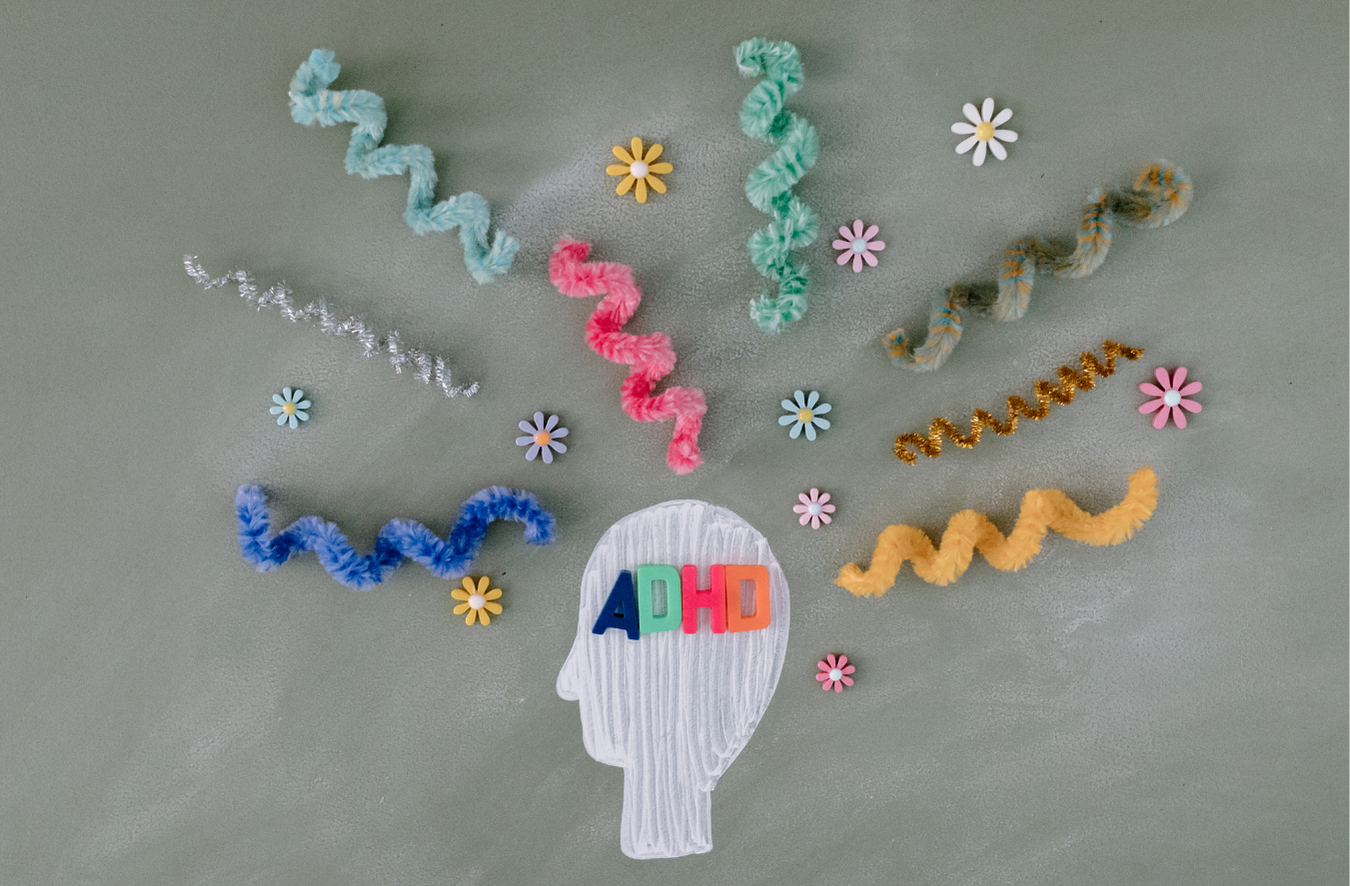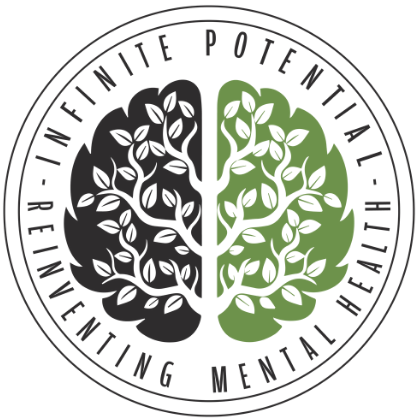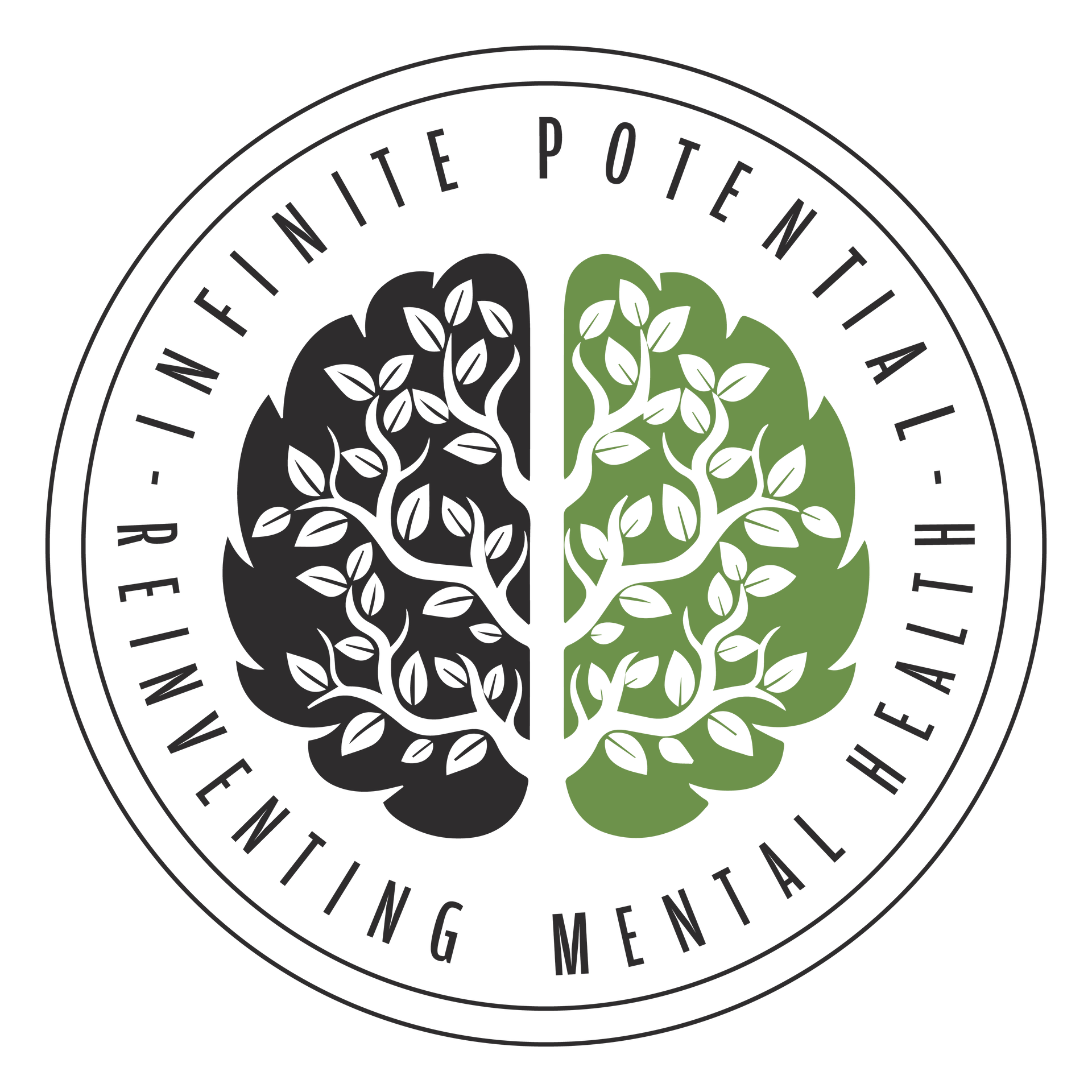What Your Genetics Might Say About Your Stress Resilience
Key Takeaways:
- Resilience helps you bounce back from stress, and both your genes and life experiences play a role in how you handle it.
- Certain genes like COMT, BDNF, and FKBP5 may affect how your brain and body respond to stress.
- Your early life, lifestyle, and mental health history also shape your stress response.
- Epigenetics shows that stress can change how your genes work, but these changes aren’t permanent.
- You can build resilience by improving daily habits, learning coping skills, and getting support through therapy.
- Having even two caring people in your life can make a big difference in how you handle stress.
Resilience is what helps us keep going when life gets hard. It's how we recover from stress, adapt to change, and move forward after difficult experiences. In therapy, building resilience is a big part of healing. But where does it come from? Some people seem to bounce back more easily than others. Is that something they learned, or were they born with it?
New research suggests that our genes may play a role in how we respond to stress. Certain gene patterns could make us more or less sensitive to life’s challenges. At the same time, our environment and experiences matter too. This mix of nature and nurture shapes how we cope.
Let’s take a closer look at how your genetics might influence your ability to handle stress, and how that knowledge can help support your growth.
Genes That Are Involved in Stress Tolerance
Some people stay calm under pressure. Others feel overwhelmed more easily. Part of this may come from our genes. Research shows that certain genes can affect how we respond to stress. They may influence how our brain and body react when we feel under pressure.
Let’s look at a few key genes that scientists have studied.
COMT (Catechol-O-Methyltransferase)
The COMT gene controls how your brain clears away a chemical called dopamine. Dopamine is important for your mood, focus, and how you handle challenges. You need just the right amount, not too much and not too little.
Think of dopamine like a message in your brain that helps you stay alert and solve problems. COMT works like a clean-up crew that comes in and removes extra dopamine when you're done using it.
People have different versions of this gene:
- Fast COMT: Clears away dopamine quickly. These people may feel calmer and think more clearly under stress because their brain doesn’t get overwhelmed with too much information at once.
- Slow COMT: Clears away dopamine slowly. These people may have more dopamine in stressful moments, which can make them feel anxious, distracted, or tense, especially in high-pressure situations.
Neither version is “good” or “bad.” They just affect how your brain works when life gets stressful.
BDNF (Brain-Derived Neurotrophic Factor)
The BDNF gene makes a protein that helps your brain cells grow, stay strong, and connect with each other. This protein is called Brain-Derived Neurotrophic Factor, but BDNF is easier to say.
BDNF is especially important when you’re learning something new or recovering from stress. It helps your brain “bounce back” by forming new connections and repairing damage.
People have different versions of the BDNF gene, too:
- Some versions help the brain make more of this protein. That makes it easier for the brain to adapt, grow, and heal after something stressful.
- Other versions make less of the protein, which can slow down recovery and make it harder to adjust when things change quickly or feel overwhelming.
If someone has the version that makes less BDNF, they may need more time, support, or therapy to recover from difficult experiences. But healing is still very possible.
FKBP5 (FK506 Binding Protein 5)
The FKBP5 gene helps manage how your body uses cortisol, a hormone your body releases when you feel stressed or afraid. Cortisol helps your body respond in emergencies, like speeding up your heart, tightening your muscles, and helping you focus.
But after the stress is over, your body needs to calm back down. FKBP5 helps with that by telling your body when to lower the cortisol levels.
Some versions of FKBP5 work in a way that makes the stress response stronger or last longer:
- People with these versions may feel more sensitive to stress and take longer to feel calm again.
- They might also feel more affected by things like trauma, big life changes, or repeated stress over time.
This doesn’t mean they’re weak. It just means their body stays in “stress mode” longer than others, and they may need more tools or support to feel better.
Factors That Affect Stress-Proneness in Individuals
Many things can shape how you respond to stress. Your genes play a part, but they don’t tell the whole story. Your life, your habits, and your past also matter. Let’s look at what can make someone more or less stress-prone.
Genetics
Genes affect how the body and brain respond to stress. These are instructions in your body that help control how you think, feel, and react. Some genes tell the brain to stay alert longer. Others help it calm down more quickly.
For example, certain gene types, like COMT, BDNF, and FKBP5, can make a person more or less sensitive to stress. One person might have a version of a gene that clears stress chemicals from the brain slowly. That can make stressful situations feel bigger or last longer. Another person might have a gene that helps their brain return to normal more quickly, so they feel calmer after the same situation.
This difference doesn’t mean one person is stronger than another. It just means their bodies respond in different ways.
Early Life Experiences
The way a person learns to handle stress often starts in childhood. In your early years, your brain is still growing and figuring out how the world works. During this time, your body also learns how to respond to stress. If you felt safe, loved, and cared for, especially by people you trusted, your brain learned that stress could be managed and that support was available. This helped build strong coping skills for later in life.
Feeling safe could mean someone listened when you were upset, comforted you when you were scared, or helped you solve problems. These kinds of support teach children that stress doesn’t last forever and that they can ask for help when things get hard.
On the other hand, if you experienced trauma, like being hurt, ignored, or surrounded by chaos, your brain may have learned to stay alert all the time. That’s because it didn’t feel safe. This can make stress feel overwhelming as you grow up, even in situations that aren’t dangerous.
The “Rule of Two”, which says that children who have at least two trusted, supportive adults in their life are more likely to grow up emotionally strong, even if they face hard times. These relationships might be with parents, teachers, relatives, or anyone who shows care and consistency.
Lifestyle
The way you live each day shapes how your brain and body respond to stress. Even small habits, like what time you go to sleep or how often you move your body, can make a big difference in how you feel.
Sleep is one of the most important parts. When you don’t get enough sleep, your brain has a harder time calming down. You may feel more upset, more tired, or less able to handle problems. Studies show that people who sleep less than 6 hours a night often feel more anxious and stressed during the day.
Food also affects how your brain works. Eating lots of sugar or skipping meals can cause big changes in your energy and mood. But eating foods with healthy fats, protein, and vitamins, like fish, nuts, fruits, and vegetables can help your brain stay balanced and focused.
Movement helps too. Regular exercise, even something as simple as walking, releases chemicals in your brain like endorphins and serotonin. These chemicals help improve mood and reduce stress. Exercise also helps you sleep better, which is another way it supports mental health.
Mental Health History and Environment
Past mental health conditions like anxiety, depression, or trauma can change how the brain reacts to stress. When the brain goes through repeated stress or emotional pain, it can become more sensitive to pressure later in life. This means the brain may react quickly, even during situations that feel manageable to others.
For example, a person who has lived through trauma might feel panic during loud noises or fast changes in routine. Someone who has faced long-term sadness may feel tired, hopeless, or unmotivated when problems come up. These responses are based on the brain’s past experience and how it learned to protect itself.
Stress levels are also affected by the environment a person lives in. Loud or unsafe neighborhoods, crowded housing, unhealthy relationships, or job instability can all create constant pressure. When these stressors continue over time, they can exhaust the brain and body.
Keeping track of changes in sleep, energy, focus, or mood helps people understand their stress patterns. Paying attention to these signs can show when it’s time to reach out for help or make small changes to feel more stable and supported.
Strengthening Resilience Beyond Your Genes
Some people are born with genes that help them stay calm under stress. Others are more sensitive. But no matter what your genes say, resilience is something you can still build. You're not stuck with one way of reacting forever.
The brain can change over time. This is called plasticity. It means the brain can learn new patterns, build new habits, and get stronger at handling stress, even after hard experiences. Therapy and daily routines can help the brain create these changes.
Resilience can come from both nature and experience. Some people may start out with traits that make them more steady. Others may need more support to get there. But both paths are valid. Facing hard things, like grief, failure, or trauma, can sometimes help a person grow stronger. This doesn't mean trauma is good or helpful. But with the right care, people can learn from it and build new skills over time.
Therapists often teach tools that help build resilience, such as:
- Practicing calm breathing or mindfulness
- Learning how to name and understand emotions
- Creating structure and routines
- Setting boundaries in relationships
- Replacing negative thoughts with more helpful ones
Building resilience doesn’t always happen quickly. Some people may take longer, especially if they carry past pain or live in a stressful environment. But every small step, getting enough sleep, talking to someone you trust, practicing new coping skills, can help.
Your Genes Are Just the Prologue, You Get to Write the Rest
Genetics may explain why certain situations feel harder or why recovery takes longer for some people than others. But genes don’t tell the whole story. They don’t predict how you will cope tomorrow, or how you might grow in the years ahead.
Resilience grows over time, shaped by daily choices, personal experiences, and the support around you. Some people build it through trusted relationships, therapy, or small habits like movement, rest, or reflection. Others may need more time, more help, or a different approach, and that’s okay. There is no single way to become more resilient.
Understanding your own stress response, including your genetic tendencies, can help you find the tools that fit your needs. Whether that means seeking therapy, adjusting routines, or building new coping skills, your progress doesn’t have to look like anyone else’s. Your genes may open the story, but what follows is shaped by how you care for yourself and the support you choose to receive.











